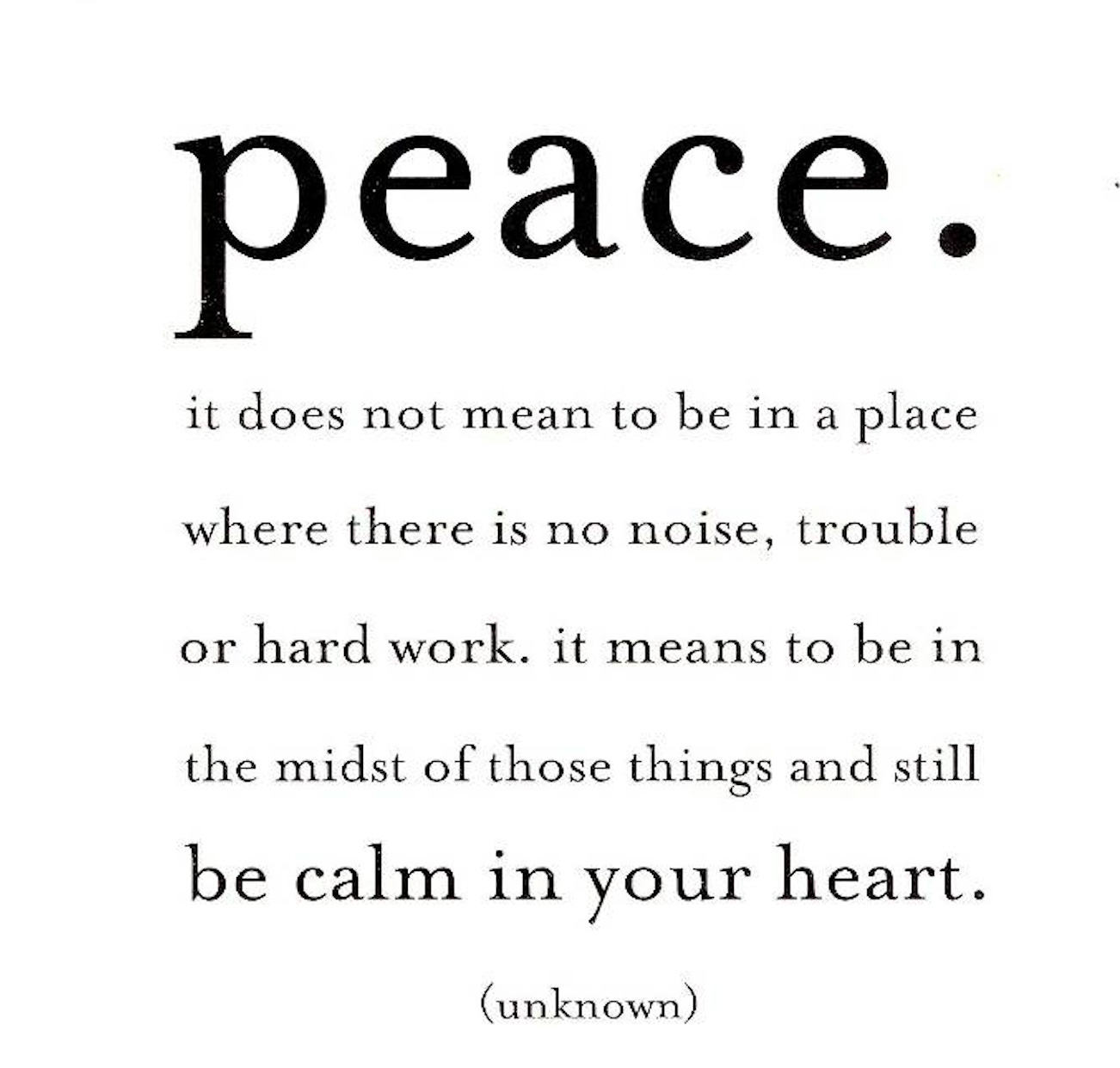I remember being a child – young – maybe six or seven and playing a game with myself when I was bored.
I would try to stop myself from thinking.
I did not grow up in a contemplative home, so I didn’t realize that what I was attempting wasn’t novel. I thought maybe I could get into the Guiness Book of World Records. I approached this exercise with all the fierce determination of a seven-year-old. This was after all an exercise in will and stubbornness not a foray into peace, light and spirituality.
I remember distinctly after one failed attempt to keep my thoughts at bay because I came to an interesting conclusion. “Aha I thought, if I actually succeed, perhaps I’ll die.”
This thought was enough to scare me out of my mind control experiments for many years. If only my second-grade curriculum had educated me on the difference between causality and correlation: Of course, I wouldn’t die from not thinking but if I ever stopped thinking I would most likely be dead.
Fast forward to 1990 and as an Asian Studies major, I took a class on Buddhism which included a practicum on meditation. It was there that I was instructed in the futility of actually stopping our thoughts (quitters!) but was told to treat them like fluffy clouds that float across the sky; let them pass by and yet pay them no mind. I don’t know what your “mind sky” looks like but mine usually went something like this:
Fluffy Clouds.
Happy Little Trees
Bob Ross.
Is he really that mellow?
He must be on drugs, right?
I’d like to paint happy trees on my roommate.
If she leaves her dishes in the sink one more time..
Has it been twenty minutes yet?
Oh, shit my econ paper is due tomorrow.
You know that kind of thing.
I remember the comment I got on my final paper for the class: a personal reflection on my experience with meditation. I had ended the essay saying that I “just wasn’t sure what the point of it was”. How did managing our thoughts actually make our lives better? The teacher’s comment was that meditation doesn’t make our lives better, but it does make us better at being present with our lives.
I’ve thought about that comment a lot over the years because on the one hand we have the oft vaunted image of someone serenely sitting in lotus position Om Shanti Om, and all that and then my experience of being present which is often chaotic and fraught with less than happy tree moments.
I remember once when I was a young mom wanting to write a snarky book called The Buddha’s Wife pointing out that it’s no great feat to find enlightenment after you ditch your wife and kid for six years. Try finding enlightenment when you’re doing laundry, and the kids are screaming, and the phone is ringing – now that would be a role model I could get behind.
I do understand that it is our thoughts that cause us suffering. Our resistance to what is. Our desires a.k.a. attachment to life being other than it is which takes our serenity away. However, I have rarely found that denying those desires got me anywhere.
~~~
It was finally in a book by Michael Brown that I found “the answer”. He teaches a form of meditation and breath work called the Presence Process. Sometimes I need simple pithy sayings to keep me tethered in my complex inner landscape. “The Presence Process doesn’t make you feel better,” he writes, “It makes you better at feeling.”
Finally, something I could relate to – not meditation as an exercise in kumbaya but in giving myself 20 minutes to stop my busyness enough to get in touch with what I’m really feeling – and yes roommate Tina you and your dishes still come up occasionally – I mean what did she think that elves were going to show up? Oops. There I go again. Happy trees, fluffy clouds.
After all, what resists persists as the saying goes. So, the more we deny our internal experience the greater it will clamor for our attention.
~~~
I got a voice share this week from a friend. She had gone outside at her farm in Tennessee on a beautiful spring evening wanting to meditate en plein aire. However, due to the wind currents and inversion layer instead of a peaceful bucolic setting she was confronted with her neighbor’s wood smoke choking the fresh night air.
Apparently, a spontaneous amount of F bombs proceeded to punctuate her meditative practice.
How perfect I thought. How “in the present moment she was”.
There are lots of stories of the unsung wives and muses of famous men that deserve equal if not sometimes more credit than their famous husband counterparts.
Yes, the Buddha sat in contemplation under the Bodhi tree – big deal – Yasodhara was stuck at home with the kid and the trials of daily life and apparently, she didn’t kill Siddhartha when he finally came strolling in the door at his home to Kapilavastu after his six year “vacay.”
I wonder what fluffy cloud thoughts went through her mind at that moment. “Hi honey, I’m home.”
I’d like to think I am a devotee of her lineage, the School of F Bomb Meditation.








I have always appreciated the trend in early 20th century yoga/meditation to talk about how the house holder should be the paradigm to focus on to achieve something like enlightenment (as opposed to those folks in a cave who avoided family life), but I’m betting those teachers, men all, weren’t doing a lot of the day to day family care. Thanks for sharing this.
Can I more than LIKE this?? I love it and I love your mind band the way it sees life